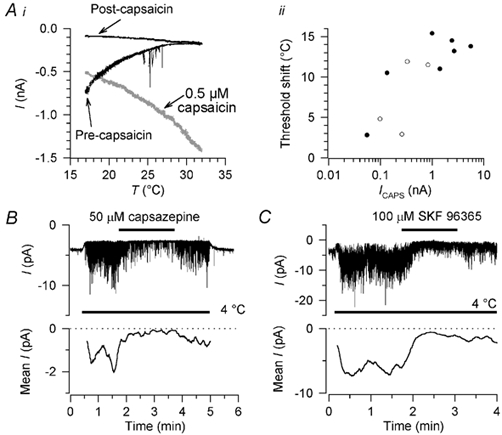Figure 11. Cross-adaptation caused by capsaicin-induced current and block by capsazepine and SKF 96365.

Ai, application of 0.5 μm capsaicin for 1 min induced adaptation of the cold-activated current in a capsaicin-sensitive neurone; current activated by capsaicin is shown in grey. Holding potential was −60 mV. ii, correlation between the shift in threshold after capsaicin application and the amplitude of the capsaicin-induced current (ICAPS) in 11 cold-sensitive neurones, seven recorded in perforated-patch (•) and four in conventional whole-cell configuration (○). Capsaicin-induced current amplitude is shown on a logarithmic scale because of the wide range of values. In neurones like that in A, where an 18 °C stimulus no longer elicited a cold-activated current, the threshold was assumed to be 18 °C for the purposes of calculating the threshold shift shown here. B, block of cold-activated channel activity by 50 μm capsazepine in a multi-channel outside-out patch, and recovery on washout. C, block of cold-activated channel activity by 100 μm SKF 96365 in another multi-channel outside-out patch, with slow and partial recovery on washout. Holding potential in B and C was −80 mV. Mean current traces (lower traces) are moving averages over 10 s of activity, corrected for leak at 4 °C; only the periods at 4 °C are shown in the mean current traces.
